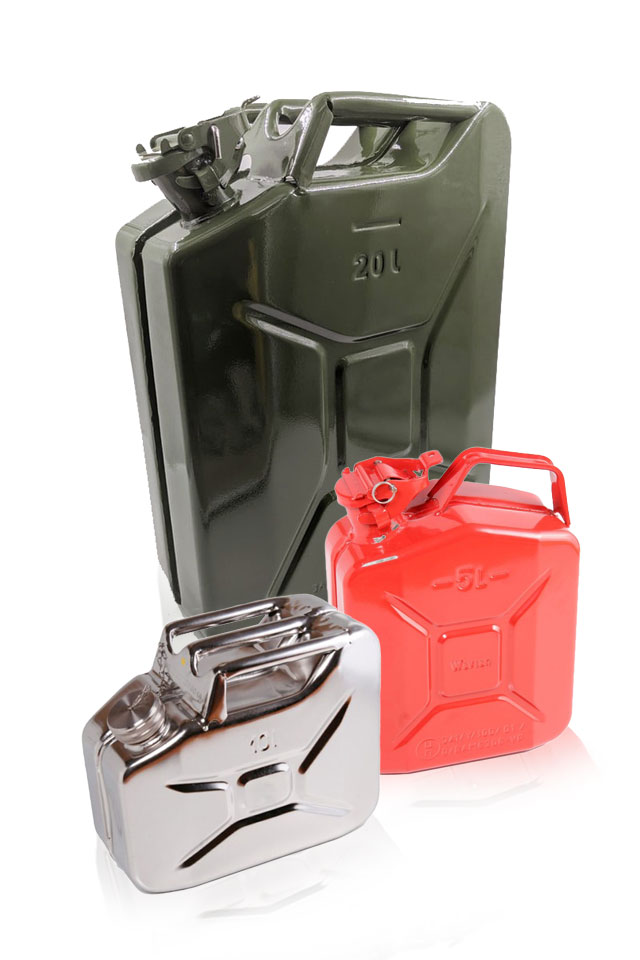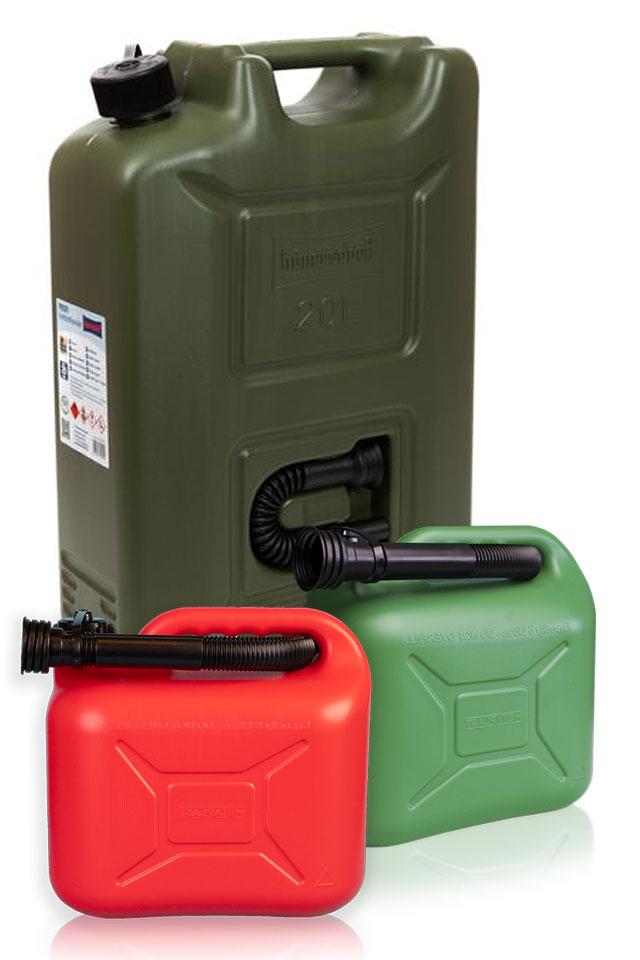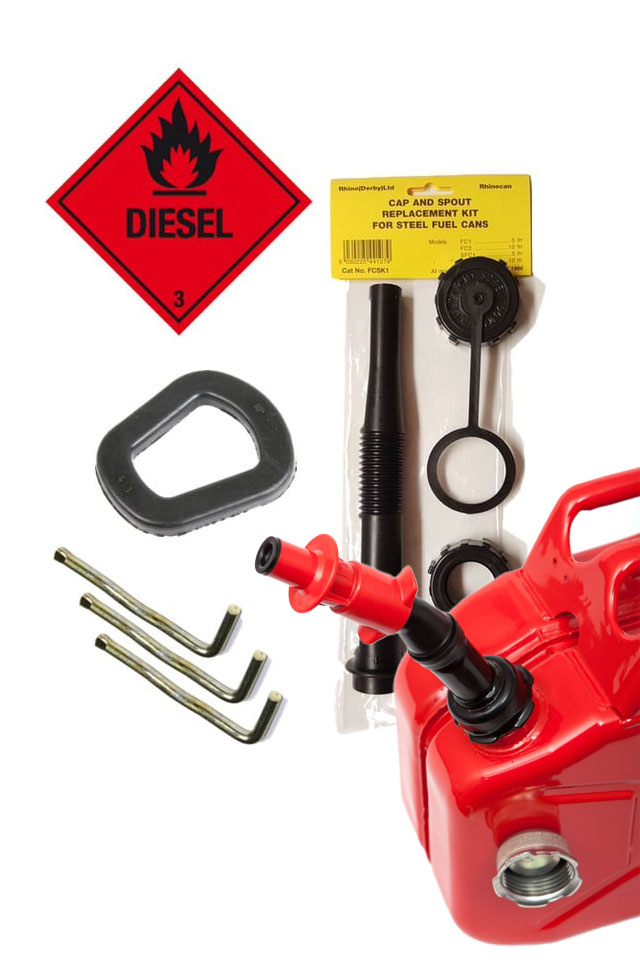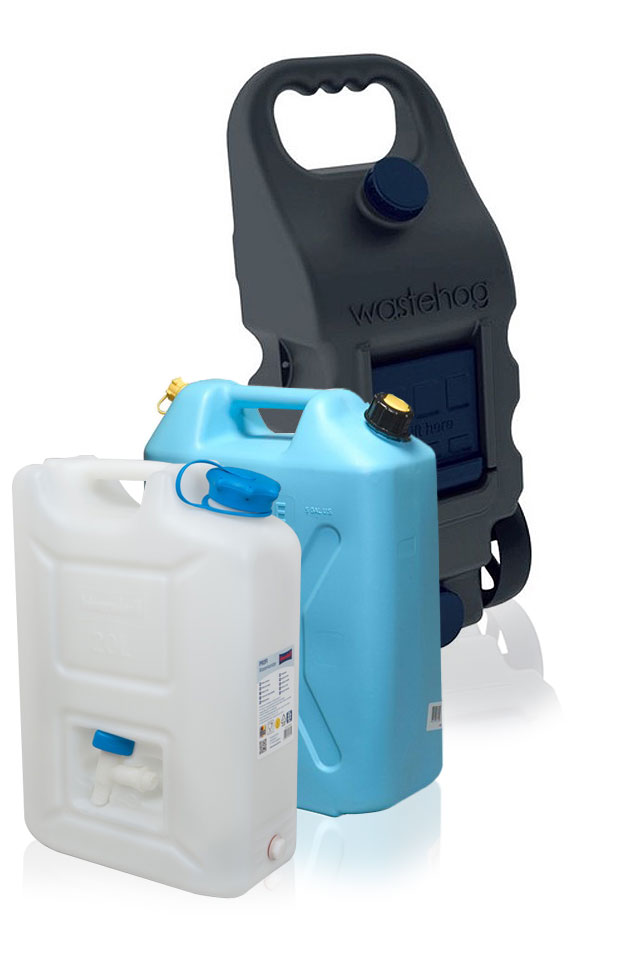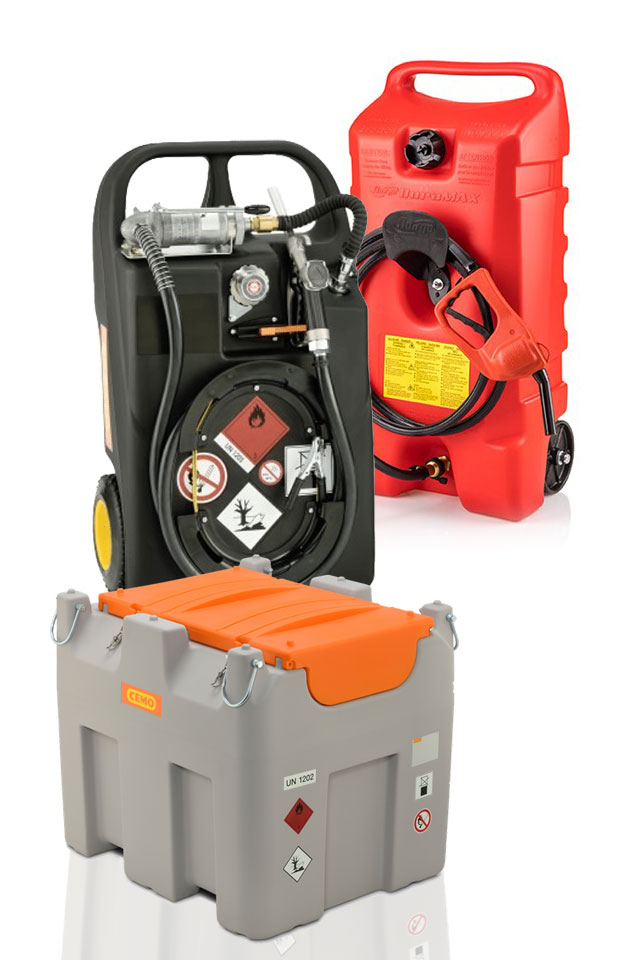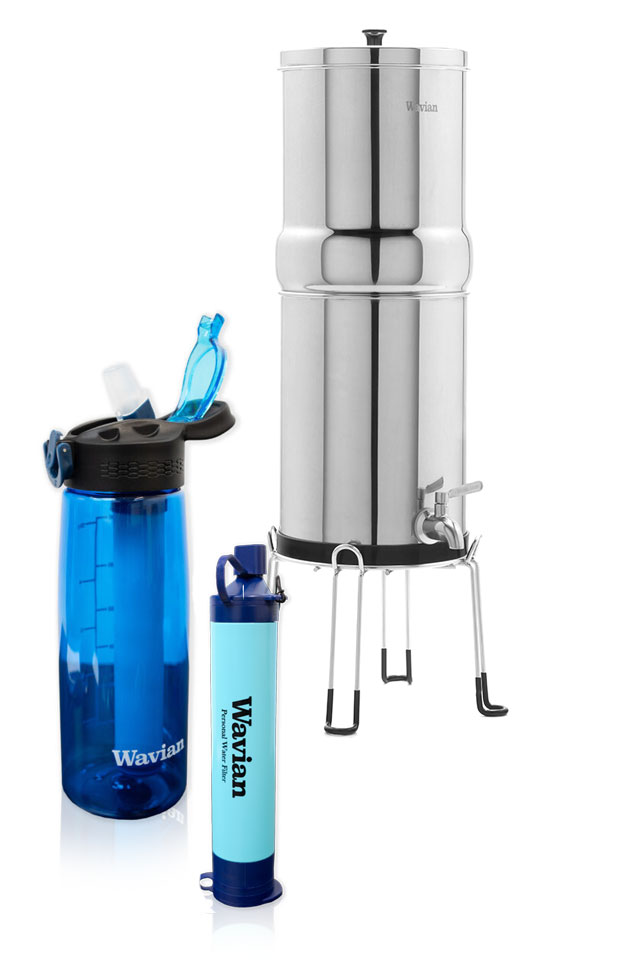Fuel Cans
The Gardeners Guide To Petrol For Machinery
Ah, the joys of taming nature’s unruly edges with the roar of a lawnmower, the whizz of a strimmer, the slice of a hedge cutter, and the raw power of a chainsaw. It’s a symphony of machinery that turns our gardens into works of art. But hold on a minute! Gardiner’s having a bit of a tizz about something we often overlook – the fuel! Yes, that’s right. Just like a finely tuned supercar needs the right kind of petrol to purr perfectly, our humble garden tools demand the correct fuel to perform at their best. Get it wrong, and you could end up with a sputtering mess instead of a pristine lawn or neatly trimmed hedge. So, let’s dive into Gardiner’s guide and unravel the mystery of choosing the right fuel for your trusty garden companions. Because, let’s face it, nobody wants to be the one causing a racket in the garden with a poorly fueled machine. Let’s get it right, shall we?
Getting The Fuel Sorted: E5 Or E10?
For garden machinery like lawnmowers, strimmers, hedge cutters, and chainsaws, it’s crucial to use the right type of petrol to ensure optimal performance and longevity. Generally, it’s recommended to use unleaded petrol with an octane rating of 95 or higher for most garden tools. Avoid using E10 petrol (petrol containing up to 10% ethanol) unless your equipment is specifically designed to handle it. Ethanol can cause corrosion and damage to older engines and components. Always check the manufacturer’s guidelines and your equipment’s manual to determine the correct fuel type and any specific recommendations. By using the appropriate petrol, you’ll ensure smooth operation, reduce maintenance issues, and prolong the life of your garden machinery.

Your Complete 2-Stroke Guide
Ah, 2-stroke petrol, the high-octane elixir that turns our chainsaws and strimmers into fire-breathing dragons! Use it sparingly, though, and only in machines specifically designed for it; otherwise, you’ll have a smoky mess on your hands quicker than you can say ‘power slide’!
Mixing Ratios
- Petrol Amount (Litres): Shows the quantity of petrol in litres.
- 2-Stroke Oil Amount (ml): Indicates the amount of 2-stroke oil to add to the petrol.
- Mixing Ratio: This represents the mixing ratio of petrol to 2-stroke oil, ranging from 25:1 to 50:1.
| Petrol Amount (Litres) | 2-Stroke Oil Amount (ml) | Mixing Ratio |
|---|---|---|
| 0.25 (250ml) | 6.25 – 12.5 | 25:1 – 50:1 |
| 0.5 (500ml) | 12.5 – 25 | 25:1 – 50:1 |
| 0.75 (750ml) | 18.75 – 37.5 | 25:1 – 50:1 |
| 1 (1 litre) | 25 – 50 | 25:1 – 50:1 |
What Happens If You Get It Wrong!
If you get the mixing ratios wrong with 2-stroke engines, it can lead to various issues affecting performance and engine longevity. Adding too much 2-stroke oil can result in excessive smoke, fouled spark plugs, and reduced engine power due to incomplete combustion. On the other hand, insufficient oil can cause overheating, increased wear on engine components, and potentially seize the engine. Incorrect mixing ratios can also lead to carbon buildup, clogged exhaust ports, and increased emissions, impacting both performance and environmental compliance. Therefore, it’s crucial to follow the manufacturer’s recommendations for the correct mixing ratio to ensure optimal engine performance and longevity.

Taking Care Of Your Garden Machinery
Taking care of your garden machinery is essential to ensure they run smoothly and last for years to come. When it comes to fuel, always use the recommended type and quality to prevent engine damage and performance issues. Avoid using stale or ethanol-blended petrol, which can cause corrosion and clog fuel systems. Regularly check and replace fuel filters to maintain fuel quality and prevent contaminants from entering the engine. For 2-stroke engines, it’s crucial to use the correct mixing ratio of petrol and 2-stroke oil as per the manufacturer’s recommendations. Adding too much or too little oil can affect engine performance and lead to premature wear. Additionally, don’t forget about routine maintenance tasks such as cleaning air filters, sharpening blades, and lubricating moving parts. Regular inspections and servicing by professionals can help identify and address potential issues before they escalate, ensuring your garden machinery remains in top condition.
Petrol Storage Solutions
| Machinery Type | Average Size of On-board Fuel Tank (Litres) | Storage Solution (Size of Fuel Can) | Accessories | Hose or Funnels | Labels |
|---|---|---|---|---|---|
Lawnmower  | 1.0 – 2.0 | 10 litres 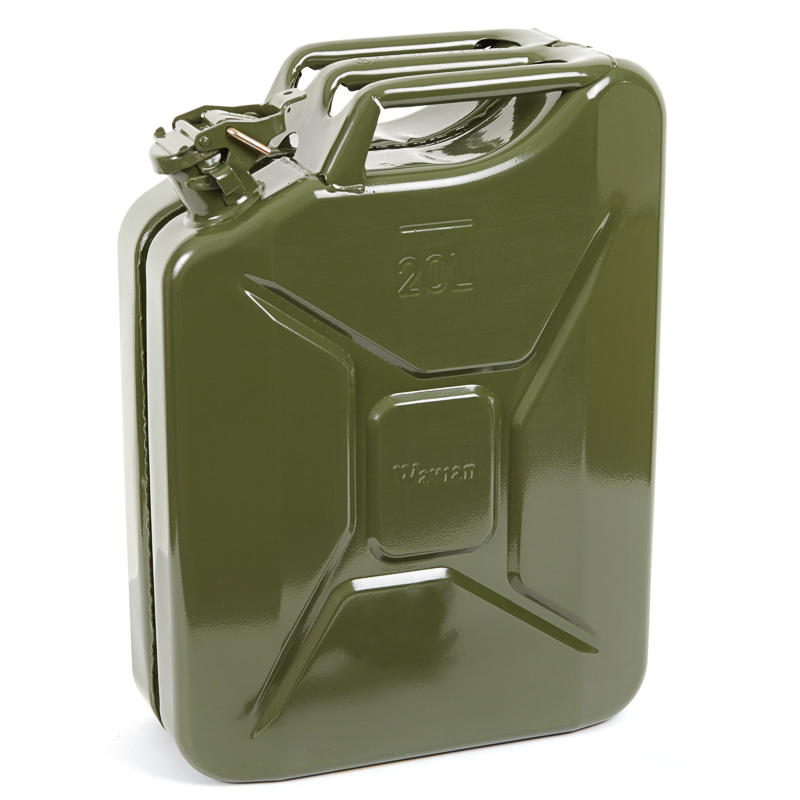 | Fuel stabiliser, funnel, spouts 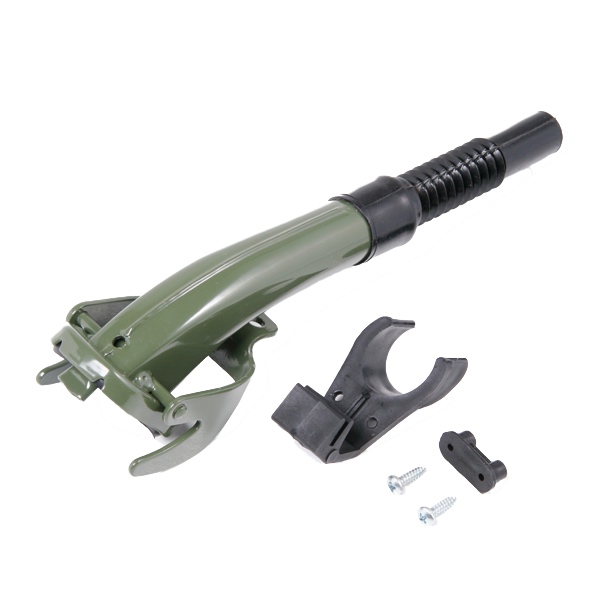 | Yes | Yes 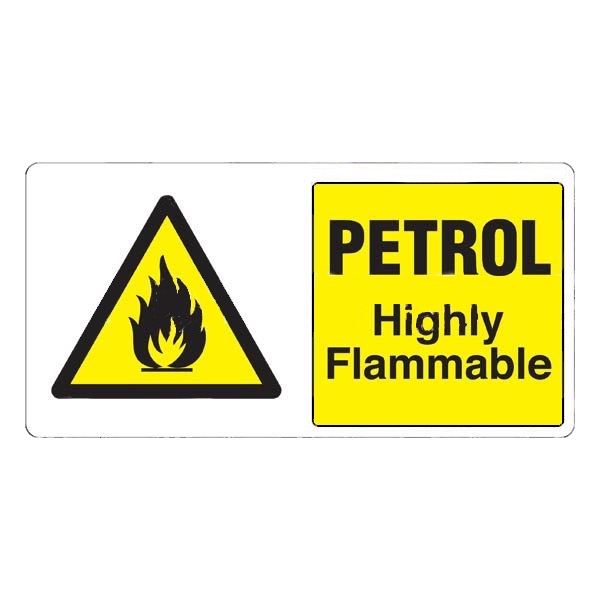 |
Strimmer  | 0.5 – 1.0 | 2 litres 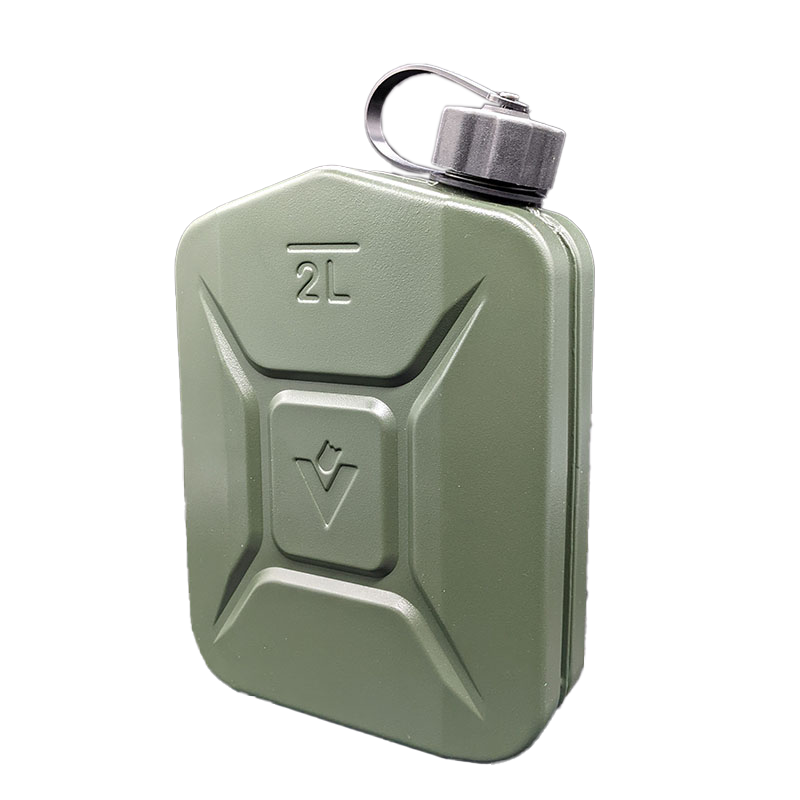 | Fuel mixing bottle, funnel 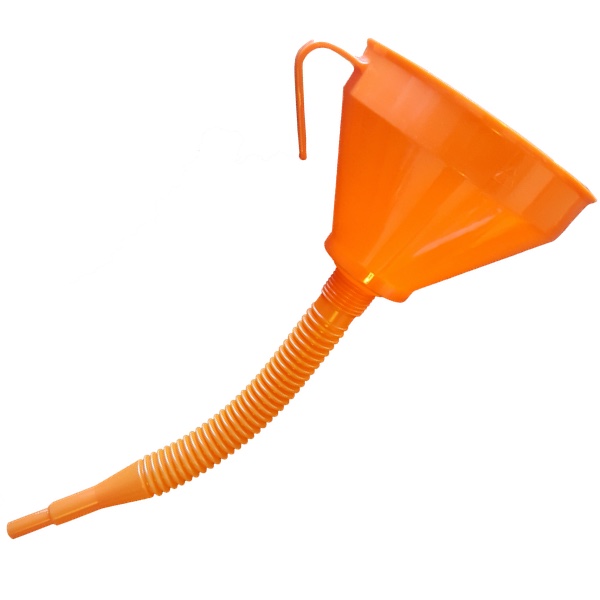 | Yes | Yes  |
Hedge Cutter  | 0.5 – 1.5 | 5 litres 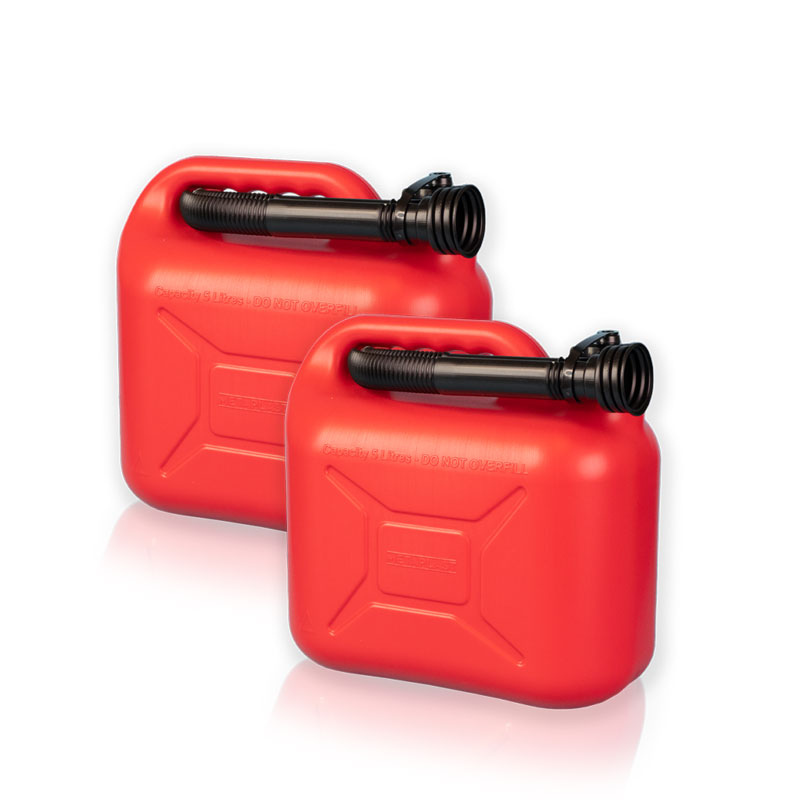 | Fuel mixing bottle, funnel, screw spout 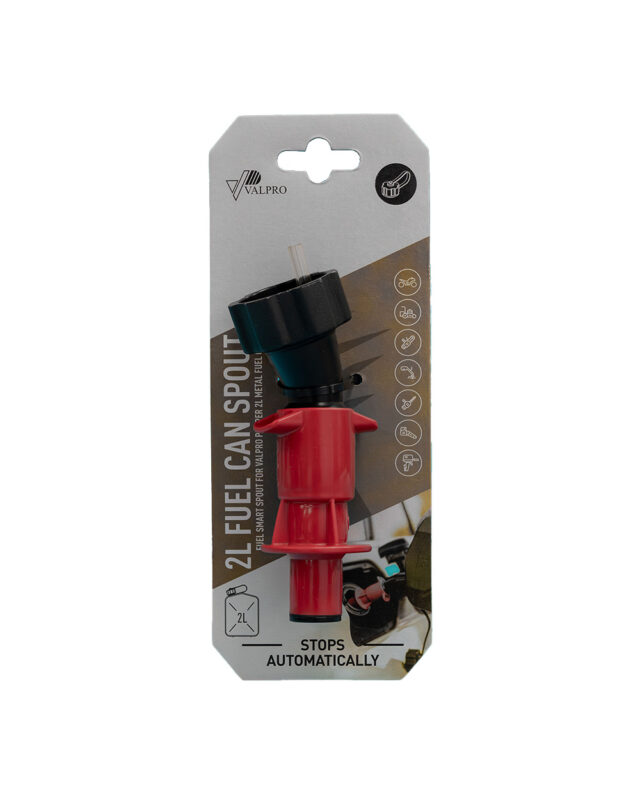 | Yes | Yes  |
Chainsaw  | 0.3 – 0.6 | 2 litres  | Chain oil, funnel 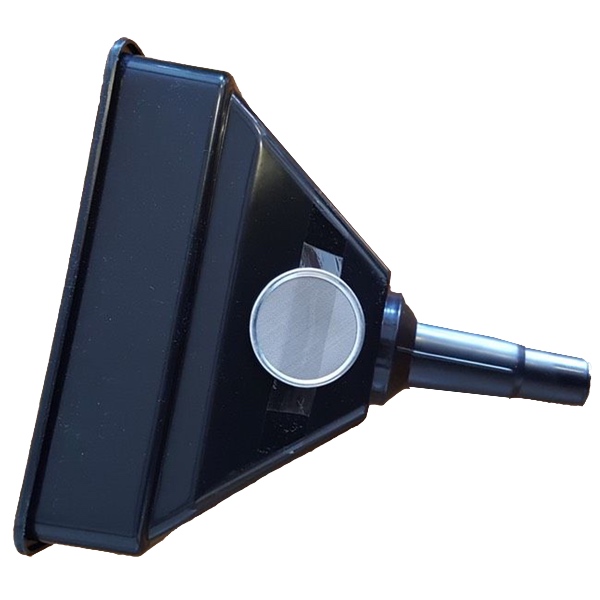 | Yes | Yes  |
Leaf Blower  | 1.0 – 1.5 | 5 litres 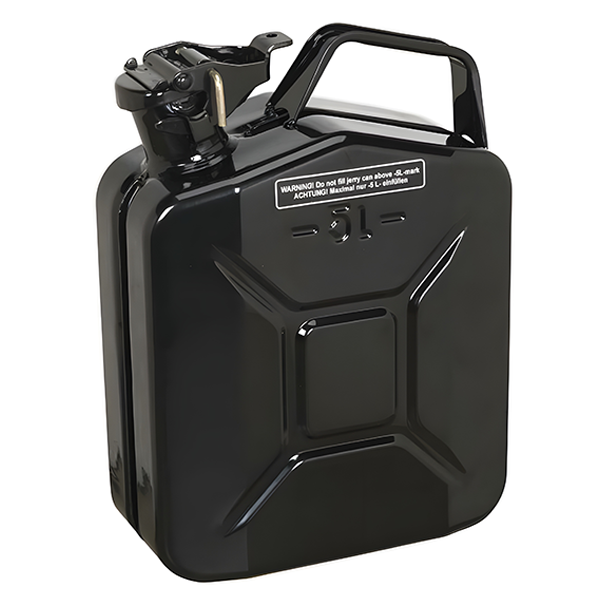 | Fuel stabiliser, funnel, spout 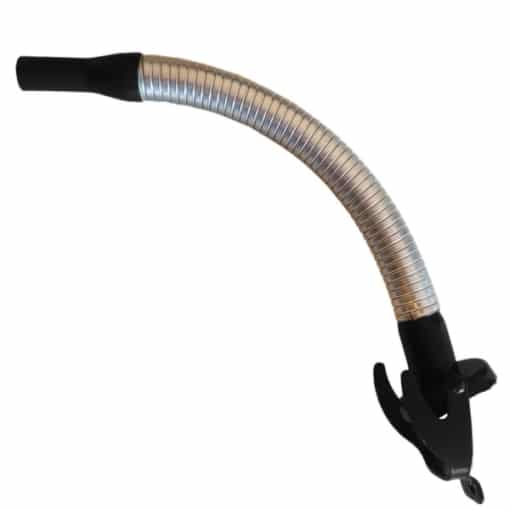 | Yes | Yes  |
Wavian Quality
Now, if you’re thinking about storing fuel, you’ll want something as tough and reliable as a tank, but without the weight and inconvenience. Enter Wavian, the makers of the finest fuel cans you’ll ever lay your hands on. These aren’t your run-of-the-mill, flimsy cans that leak and break; these are the Rolls-Royce of fuel cans. Built to last, Wavian fuel cans are engineered with precision and crafted with durability in mind. And here’s the kicker – they’re so confident in their quality that they offer a whopping 5-year guarantee! So, if you want the best quality fuel cans money can buy, look no further than Wavian. Don’t settle for second best; get yourself a Wavian fuel can today and fuel up with confidence!

